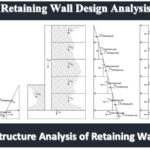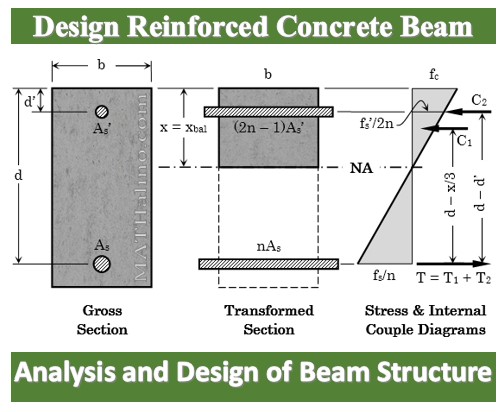Description
Designing a reinforced concrete (RC) stairway involves several steps to ensure structural safety and code compliance. Here’s a general guide to the analysis and design of a reinforced concrete stair:
1. Loading and Design Standards:
- Determine the type and magnitude of loads (live load, dead load, etc.).
- Refer to local building codes and design standards for applicable requirements.
2. Stair Type:
- Decide on the type of stair (straight run, L-shaped, U-shaped, spiral, etc.).
- Consider user requirements and space constraints.
3. Material Properties:
- Specify the concrete strength (usually in terms of compressive strength, e.g., f’c) and the reinforcement grade.
- Ensure that the selected materials meet code requirements.
4. Geometric Design:
- Determine the riser and tread dimensions based on comfort and code requirements.
- Ensure a consistent rise and run for each step.
- Check headroom and clearances.
5. Structural Analysis:
- Analyze the structural system of the stair to determine forces and moments.
- Consider both the superimposed loads and the self-weight of the stair.
6. Reinforcement Design:
- Design the structural elements (slabs, beams, and columns) of the stair using appropriate design codes.
- Determine the reinforcement detailing for each element, considering bending, shear, and torsion.
7. Connections:
- Design and detail connections between the stair and the supporting structure.
- Pay attention to the detailing of beam-column connections and slab supports.
8. Landing Design:
- Design and detail any intermediate landings.
- Ensure they can support the applied loads and provide safe transition points.
9. Load Path:
- Establish a clear load path from the superstructure to the foundation.
- Ensure that loads are transmitted safely through the structure.
10. Code Compliance:
- Verify that the design complies with local building codes and standards.
- Check for any specific requirements related to seismic or wind design.
11. Construction Details:
- Provide construction details, including reinforcement detailing, formwork, and construction sequence.
12. Review and Approval:
- Submit the design to relevant authorities for review and approval.
- Ensure compliance with local building codes and regulations.
13. Monitoring and Maintenance:
- Implement monitoring systems if necessary.
- Establish a maintenance plan for the reinforced concrete stair.
Always consult with a qualified structural engineer for site-specific design considerations and local building code compliance. Structural design can be complex and requires expertise to ensure the safety and integrity of the structure.








Reviews
There are no reviews yet.